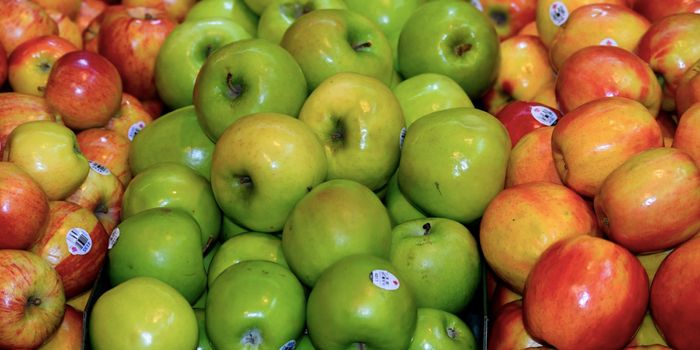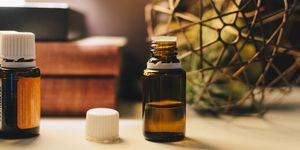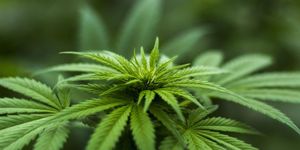Droplets of DNA Can 'Boil' During an Enzymatic Interaction
A phenomenon called liquid-liquid phase separation can be easily demonstrated by mixing oil and vinegar; instead of coalescing, droplets of one liquid appear in the other. Researchers have recently discovered that this happens in living cells and is used as a way to gather certain cellular components together when needed, such as to encourage certain biochemical reactions. There is still a lot to learn about phase separation in cells.
In new work reported in the Proceedings of the National Academy of Sciences, investigators engineered a system in which DNA molecules could be observed interacting with an enzyme that cleaves it. They wanted to investigate the interactions between a biomolecule and external forces in a droplet on a glass surface. When they did so, they saw that the DNA began to bubble like boiling water.
"The bizarre thing about the bubbling DNA is that we didn't heat the system; it's as if a pot of water started boiling even though you forgot to turn on the stove," explained the study co-leader Omar Saleh, a UC Santa Barbara assistant professor of materials and bioengineering. The bubbling didn't happen every time though; sometimes the enzyme made the DNA shrink smoothly.
The scientists wanted to know more about their observations, and began to measure the process. When the enzyme altered the DNA, it did so in one of two ways. It could cut DNA molecules at the surface of a droplet, or the enzymes penetrated into the droplet's interior and cut there.
"This observation was critical to unraveling the behavior, as it put into our heads the idea that the enzyme could start nibbling away at the droplets from the inside," said the study co-leader Tim Liedl, a professor at Ludwig-Maximilians University.
The scientists determined that both bubbling and shrinking due to penetration happened at the same time, but only when the DNA molecules were loosely linked. When the DNA was tightly bound together, the enzyme could only act on the outside of it.
"It's like trying to walk through a crowd -- if the crowd is tightly holding hands, you wouldn't be able to get through," noted Saleh.
Bubbling occurs when binding is loose, and the enzyme can move through the DNA and get to the interior, eating at it the droplet from the inside. The enzymatic activity causes water to be drawn inside due to osmotic pressure, the droplet swells, and the bubbling is observed. Fragments of DNA move to the surface like gases might. Fro their PNAS publication, the video above shows the bubbling in the right droplet (caused by the enzyme).
"It is quite striking to watch, as the bubbles swell and pop over and over," said Liedl.
The scientists are hopeful that this research could provide some insights into how some living processes work, and how liquid droplets can be used as miniature bioreactors.
Sources: AAAS/Eurekalert! via University of California - Santa Barbara, Proceedings of the National Academy of Sciences









